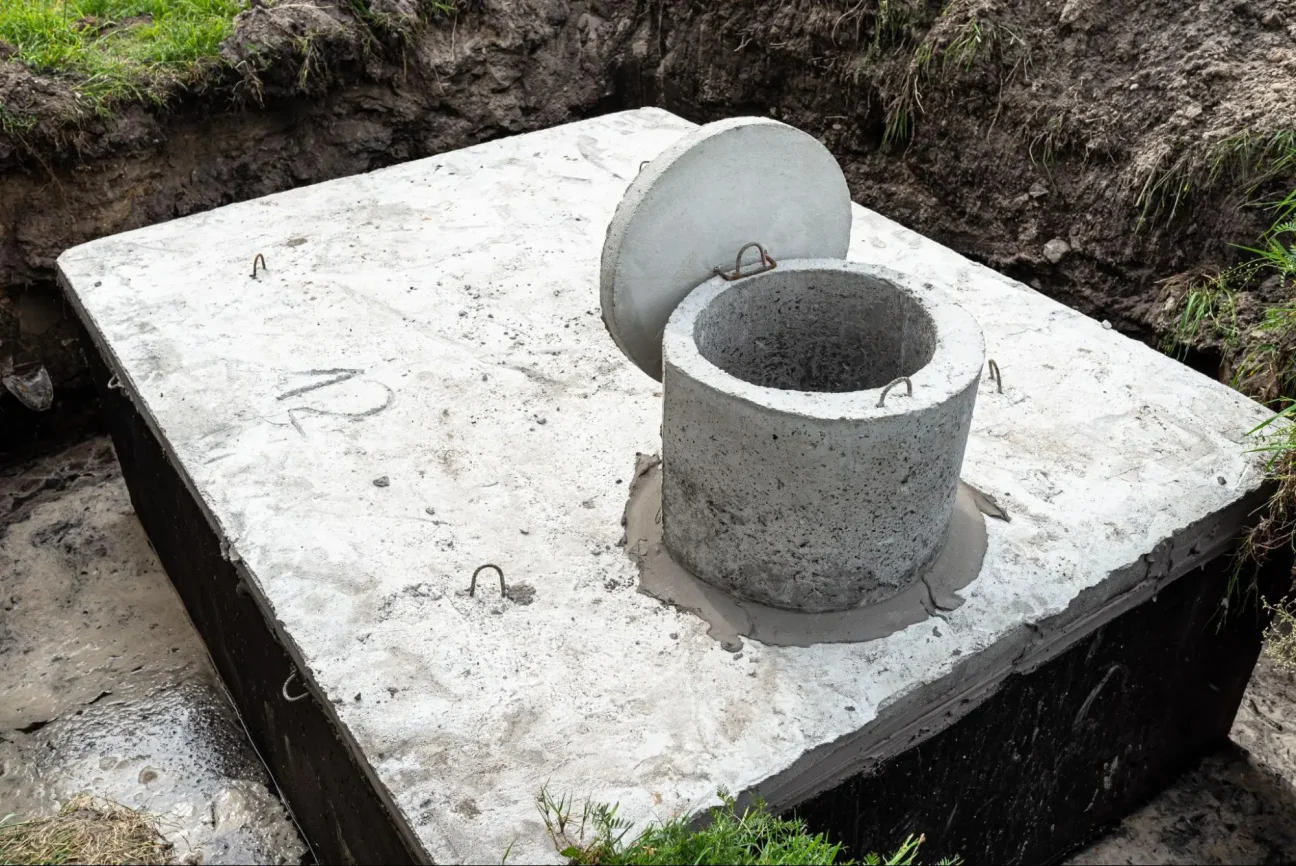
Septic systems are crucial in managing wastewater, especially in homes not connected to municipal sewage systems. Proper maintenance is essential to avoid costly repairs and ensure your system operates efficiently. Neglecting your septic system can lead to unpleasant problems, such as backups or costly replacements. Understanding the basics of septic system maintenance can save you time, money, and stress.
Regular checks and simple habits can significantly extend the life of your septic system. Knowing how to identify and address common issues early can prevent major repairs down the line. In this article, you will discover essential tips and techniques to keep your septic system running smoothly.
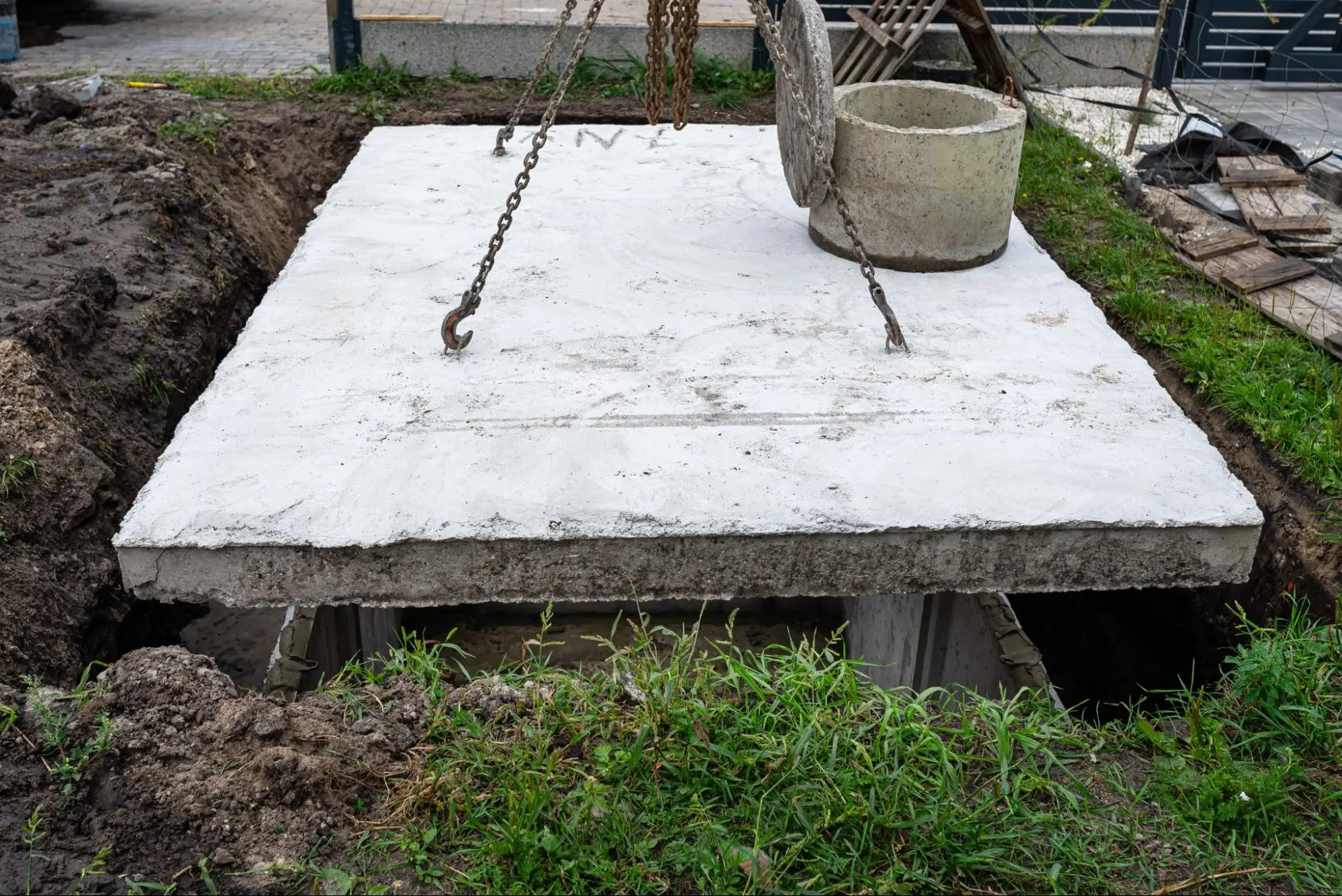
Septic systems are vital for managing wastewater in areas without centralized sewer services. Knowing their components and types will help you care for your system effectively.
A septic system mainly consists of three key components: the septic tank, drain field, and soil. The septic tank stores waste and allows solids to settle at the bottom, forming sludge. The lighter materials, like grease, float to the top as scum.
When wastewater flows into the tank, it undergoes anaerobic digestion, breaking down solid waste. After this, liquid effluent exits the tank and moves into the drain field. The drain field consists of perforated pipes buried in gravel or sand. These pipes distribute the effluent into the ground, where soil naturally filters it.
This process removes harmful bacteria and nutrients, ensuring clean water returns to the environment. Regular maintenance, like pumping the tank, keeps these components functioning and extends your system’s life.
There are several types of septic systems designed for different needs. The most common system is the conventional septic system, which includes a septic tank and a drain field. This system works well in many environments.
Another option is the alternative septic system. This type is usually used in areas with poor drainage or where conventional systems are not suitable. Alternative systems may include sand filters, aerobic treatment units, or mounds.
Lastly, there’s the cesspool. This older design collects wastewater in a pit, allowing it to seep into the surrounding soil. While simpler, cesspools can lead to contamination and are often being replaced by safer options.
Having the right understanding of these types helps you choose the right system for your home and environment.
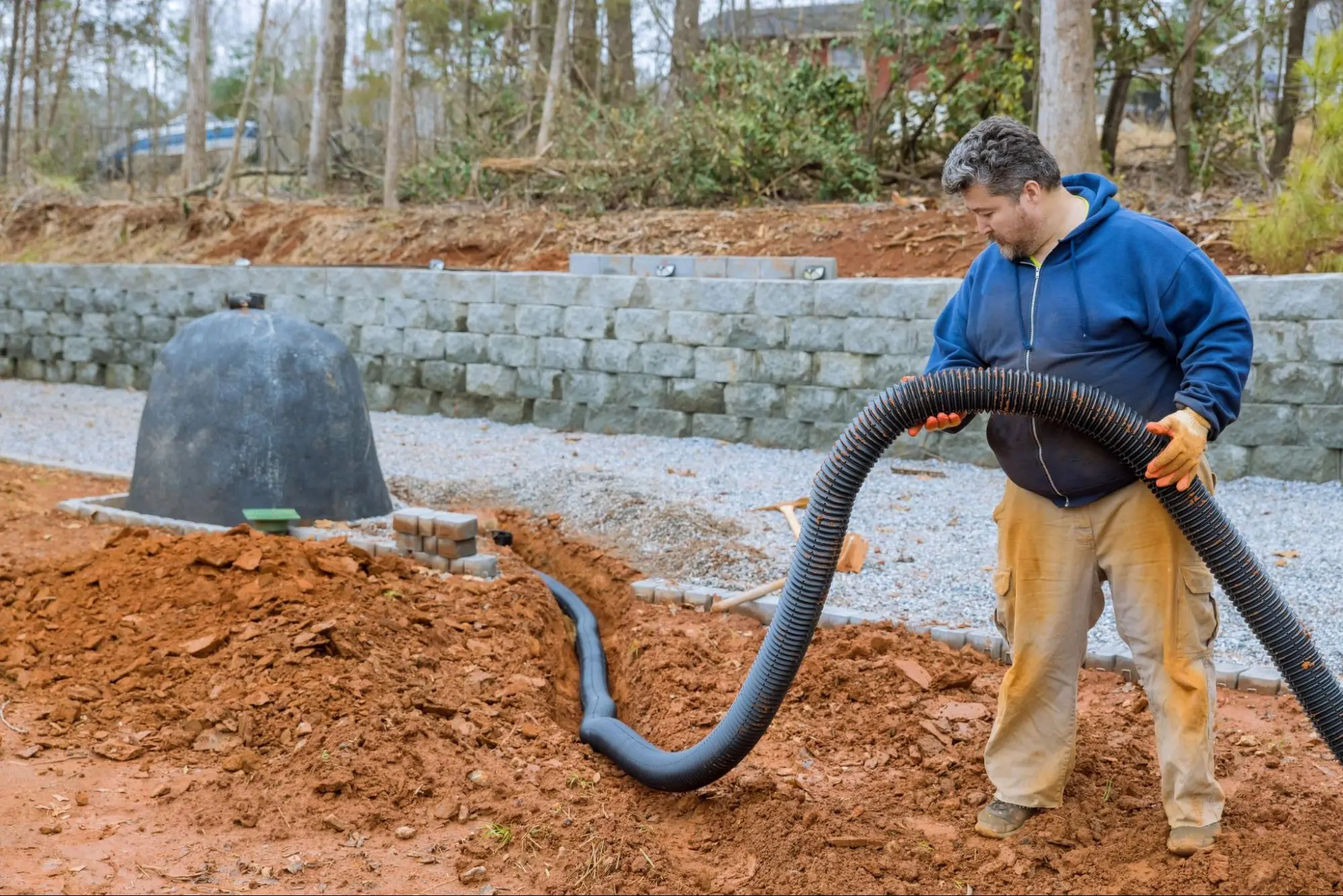
Regular upkeep of your septic system is essential for its efficiency and longevity. Understanding inspection frequencies and best practices can help prevent costly repairs and ensure your system operates smoothly.
You should inspect your septic system yearly to identify any issues early on. This inspection typically includes checking the tank, distribution box, and drain field for signs of failure.
Pumping your septic tank is crucial. Generally, it should be pumped every 3 to 5 years, but factors like household size, water use, and system design can affect this frequency. Always consult with a professional to customize your schedule.
Taking care of your septic system starts with mindful usage. Avoid flushing non-biodegradable items, such as wipes or paper towels, which can clog the system.
Limit the use of garbage disposals, as they add solids to the system. Instead, compost food waste when possible. Be careful with household chemicals; never pour harmful substances like paints or motor oil down the drain.
Following these practices helps maintain an efficient septic system.
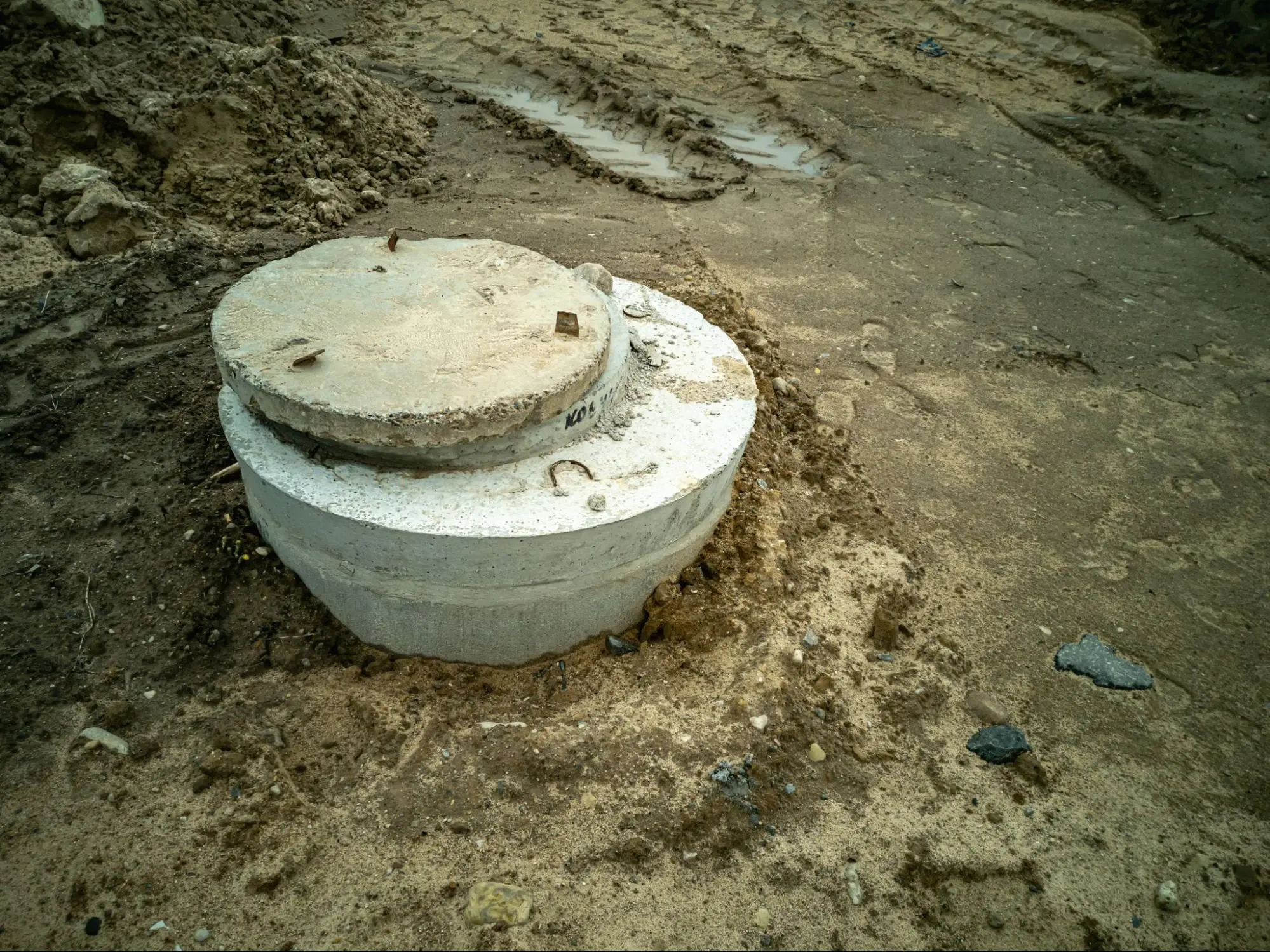
Recognizing issues with your septic system early can save you from costly repairs. Pay attention to specific signs and follow some straightforward troubleshooting tips to keep your system running smoothly.
There are several clear signs that your septic system may be failing. Watch for:
To address identified issues, try these troubleshooting steps:
By keeping an eye out for these signs and following these tips, you can help maintain the health of your septic system.
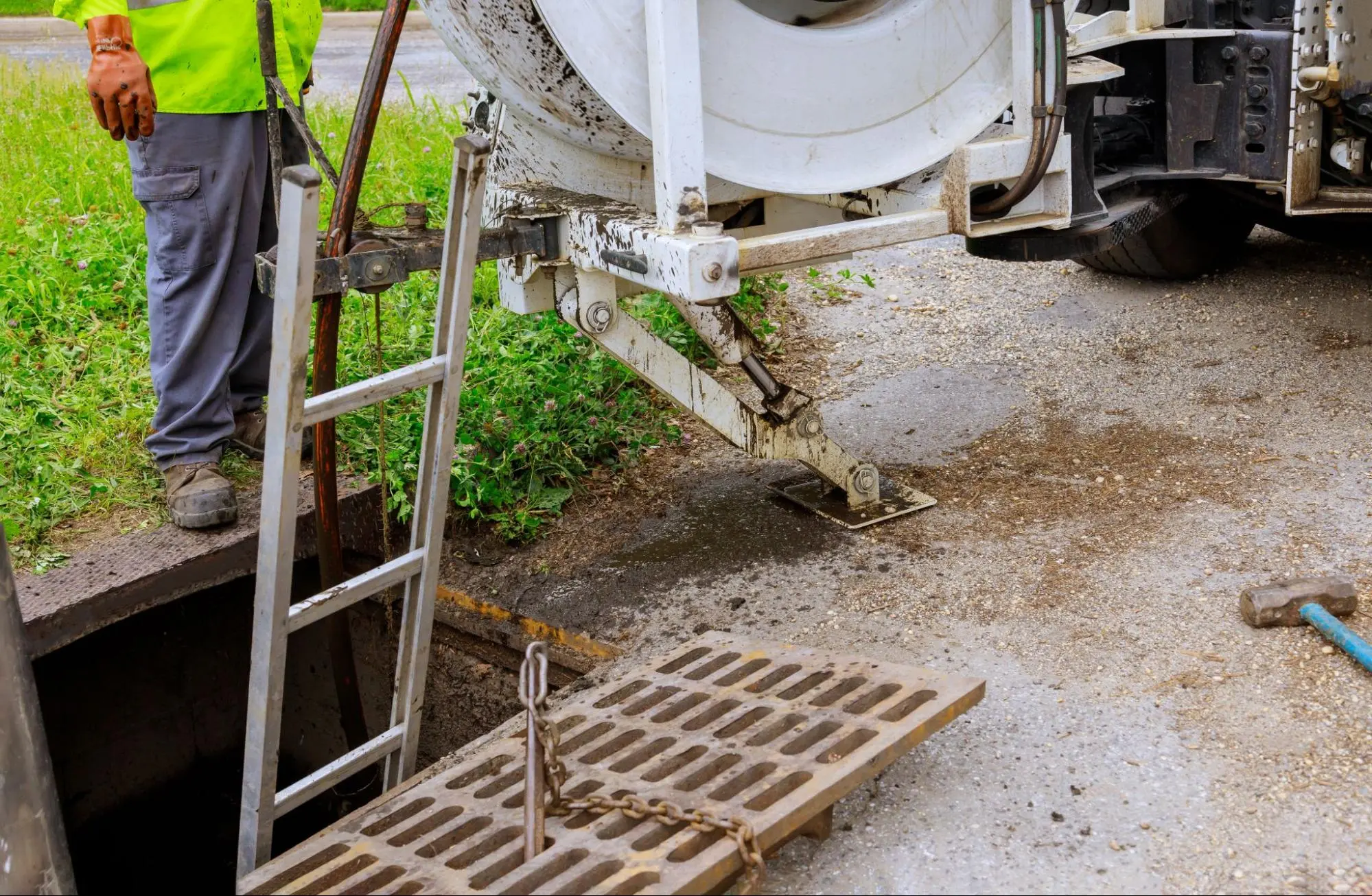
Repairing and restoring your septic system involves various techniques. Understanding these options can help you maintain your system effectively, whether you tackle minor issues or seek professional help.
You can handle some septic system repairs yourself. Everyday DIY tasks include clearing clogged drains and fixing minor leaks. First, inspect the system regularly for visual signs of trouble, like pooling water or odors.
For small clogs, try a plumbing snake or a drain cleaner that is safe for septic systems. Avoid harsh chemicals, as they can damage the system.
If you notice minor leaks, using sealant tape can often temporarily fix the issue until you can address it more permanently. Always check the system’s filters and screens; cleaning them can improve functionality.
Make sure to follow any local guidelines when performing DIY repairs to avoid issues later.
Certain situations require professional expertise. If you notice persistent problems, such as frequent backups, inconsistent drainage, or unusual odors, you should contact a septic system specialist.
Signs that indicate professional help is needed include:
Professionals can perform comprehensive inspections and provide necessary repairs. They may also address complex problems, such as drain field failures, which can cause significant environmental issues.
Regular professional maintenance can prevent costly repairs by identifying problems early. Always choose a qualified contractor who understands your specific septic system needs.
To maintain your septic tank, you should have it inspected regularly, typically every 1 to 3 years. Reduce the amount of non-biodegradable waste entering the system to prevent clogs and backups.
It is generally recommended that you pump your septic tank every 3 to 5 years. The exact timing can depend on several factors, such as the tank size, the number of people in your home, and your water usage habits. Regular pumping helps prevent overflow and costly repairs.
Bacteria are the primary agents that break down solids in your septic tank. You can also use enzyme-based treatments that promote the growth of these helpful bacteria. Avoid adding substances that could harm these bacteria, like antibacterial cleaners.
The cost of pumping a septic tank can vary widely based on location and the tank size. Generally, you might expect to pay between $200 and $500 for a pumping service. Additional costs may